The overgrown ruins of Kǒuhú Theater (口湖戲院) can be found along a dusty country road on the outskirts of Kouhu, a desolate town in coastal Yunlin, at the westernmost extent of the Taiwanese mainland. Its most distinct feature is the exposed red brick facade, which might be unique among those vintage theaters still standing in earthquake-prone Taiwan. Not much is written about this old theater online, possibly due to its obscure location in the remote countryside, but it dates back to the early 1950s and likely remained in operation into the early 1980s.
The earliest record of this theater can be found in a local publication1 from 1955, in which the founder of the theater is identified as Cài Kēng (蔡坑). Business records2 also indicate some activity may have taken place as late as 1979. No records of what films it screened remain, but it was not exclusively a cinema. Apart from showing movies, Kouhu Theater also hosted traditional opera, glove puppet shows, community events such as graduation and awards ceremonies—and even singing contests3.
Beyond that, additional context can be inferred by taking a closer look at local history and geography. As it turns out, this theater was built along an old sugar railway line connecting this village to Chiayi City by way of Beigang, which is due east. Immediately to the north of the theater is the Kouhu Township Farmers’ Association (口湖鄉農會), an important focal point for the agricultural industry, and the former Taisugar Wūmáyuán Station (糖鐵原烏麻園車站), which offered passenger service until 19823. With a ridership of around 5,000 at its peak—with anywhere from 22 to 32 schedules trains a day—this now-desolate area probably received quite a lot of foot traffic back in the day. I would imagine the suspension of passenger service signaled the end for this theater, if indeed it was still in business.
Apart from the peculiar use of red brick, I was also perplexed by the structure of the projection booth after entering the old theater. Rather than the characteristic staggered portholes seen in pretty much every vintage theater, the booth inside Kouhu Theater features a rectangular window. Presumably this would have been partly covered with fabric or some other material at some point, but I wonder if this indicates little familiarity with standard cinema design on behalf of the builders. I’m also not sure how the carbon arc lamp projectors would have been cooled given the slope of the roof and the lack of ventilation shafts. Whatever the case, it is impressive this rudimentary red brick theater is still standing at all after so many years.
Reviewing the handful of photos of this theater available online4 suggests Kouhu Theater likely collapsed sometime around 2013, greatly accelerating its rate of decay. Older photos also show the name of the theater in white painted characters running right-to-left along the top of the facade, but these were almost completely invisible when I visited in early 2022. I wouldn’t expect it to remain standing for much longer; once the roof comes down, the rest usually follows, especially given how this theater was built.
While there is some talk of improving the bikeway surrounding the historic train station I would be surprised if any effort to preserve this unique countryside theater came to fruition. The structure is likely too damaged and, in any case, the lack of coverage would suggest there is little interest in doing so. I’m glad I was able to see it before time finally erases it from the earth, particularly as I found it while scouring satellite maps several years ago. See it while you still can.
- The theater is first mentioned in Today’s Kouhu (今日之口湖, 1955), by local writer and reporter Lǚ Zhènshēng (呂振昇). A snapshot of the relevant page by a local history blogger, whose Facebook page provided a great deal of context for this article. ↩
- Government business records contain an entry for this theater, but they are incomplete, and the date format is non-standard. Assuming “068” is equivalent to 1979 (as the year is likely written according to the Minguo calendar), that substantiates an upper bound on business activity. ↩
- Kouhu Theater is mentioned as one of the venues frequented by the Lóngxìnggé glove puppetry troupe (隆興閣掌中劇團), a Yunlin-based group active since the late 1950s. A newspaper clipping shared by the aforementioned local history blogger describes a singing contest held in 1973. ↩ ↩
- This photo posted in 2012 clearly shows the name of the theater while this photo from Flickr shows the roof intact circa 2009. ↩
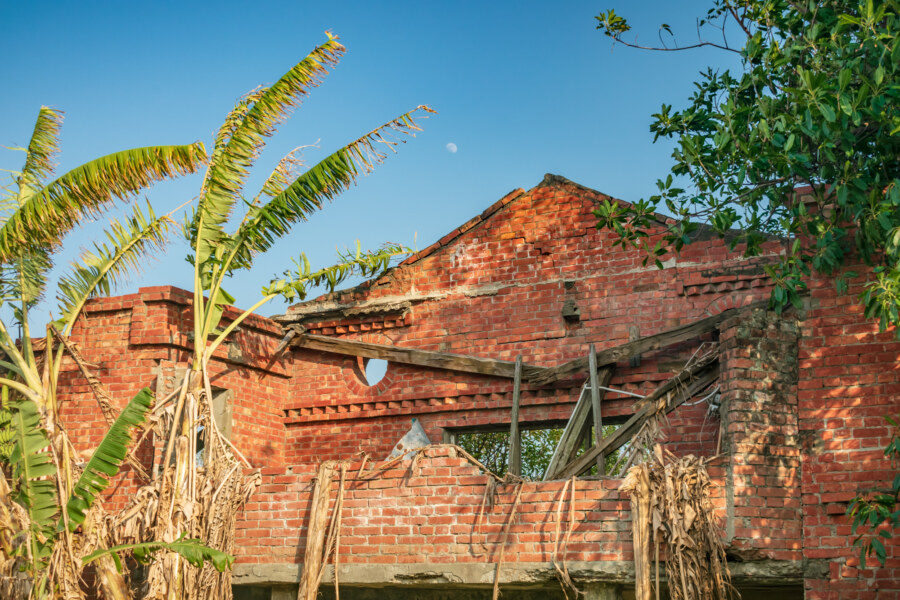
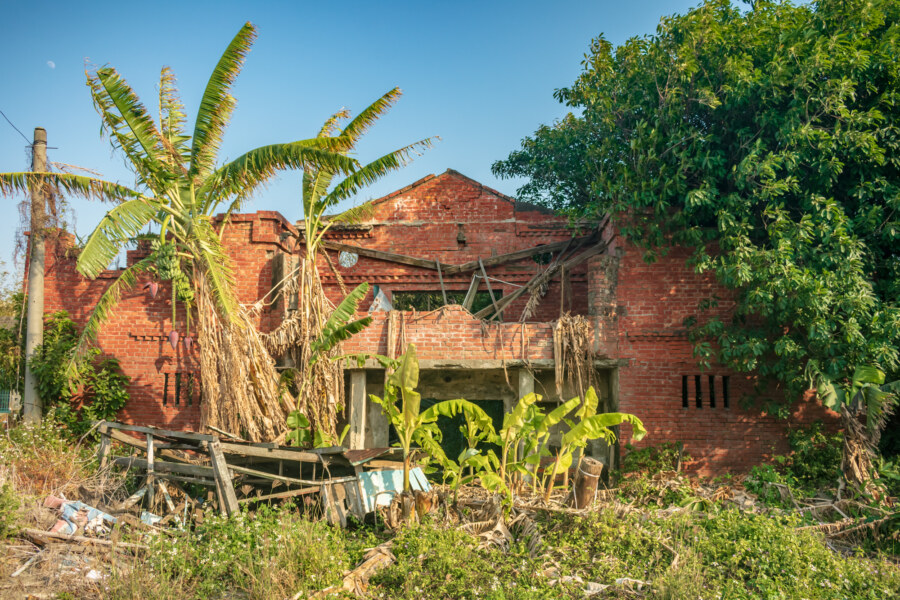
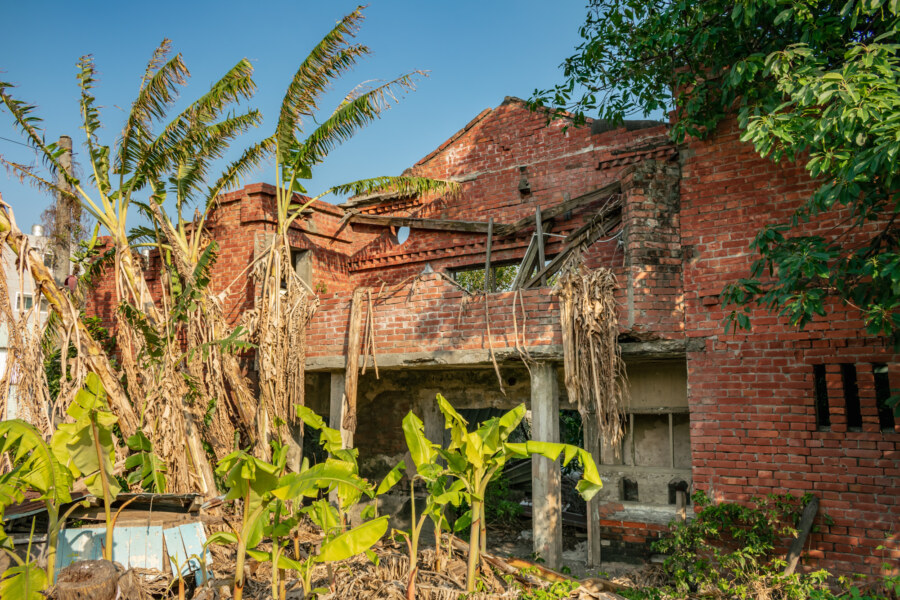
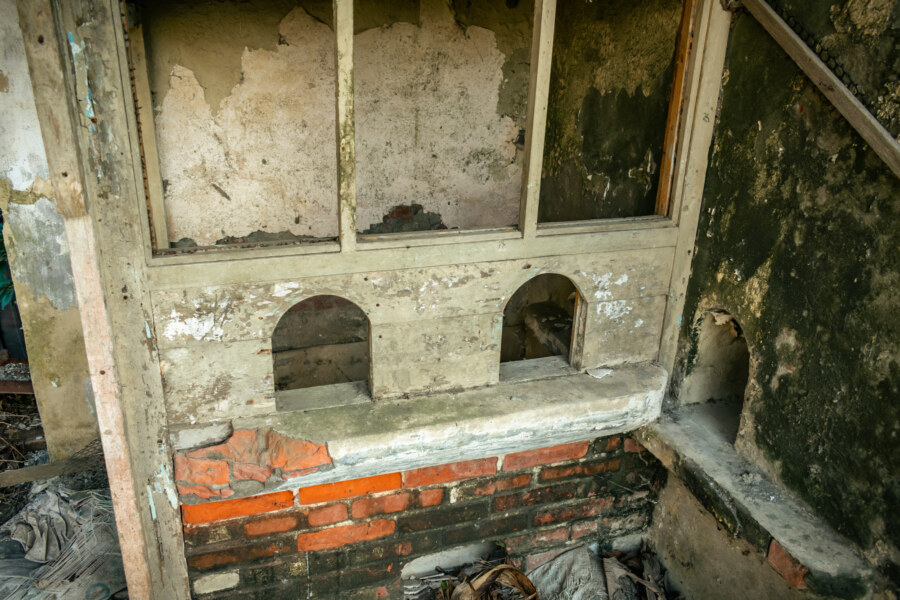
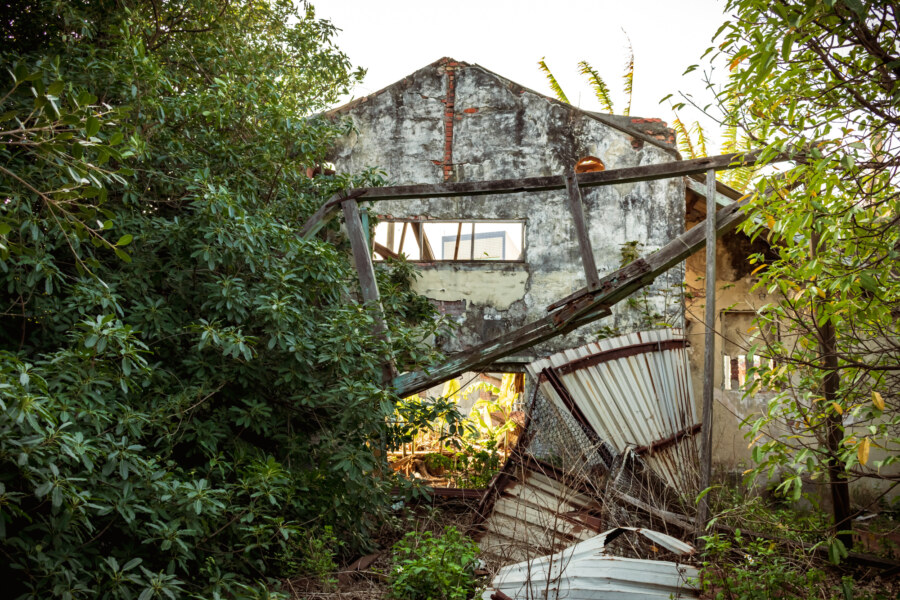
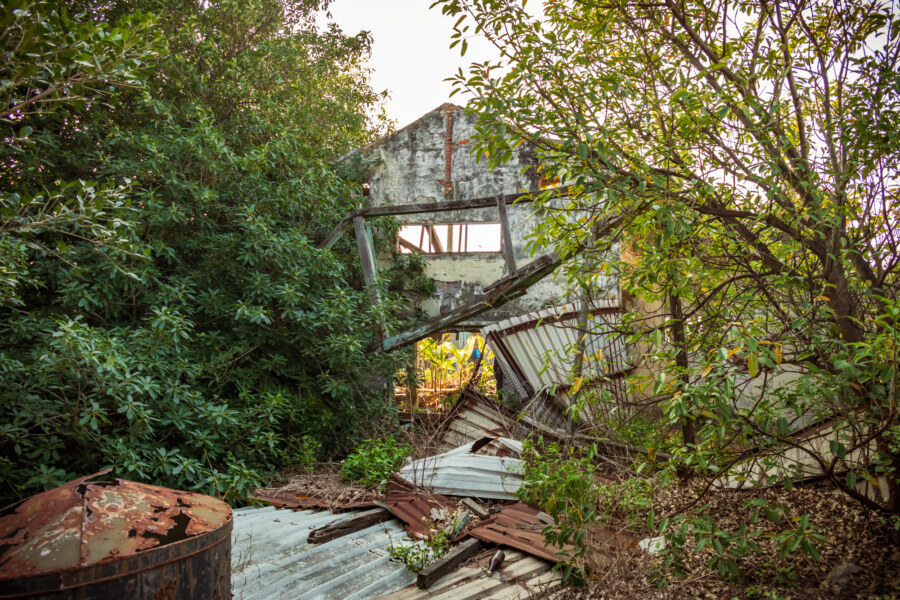
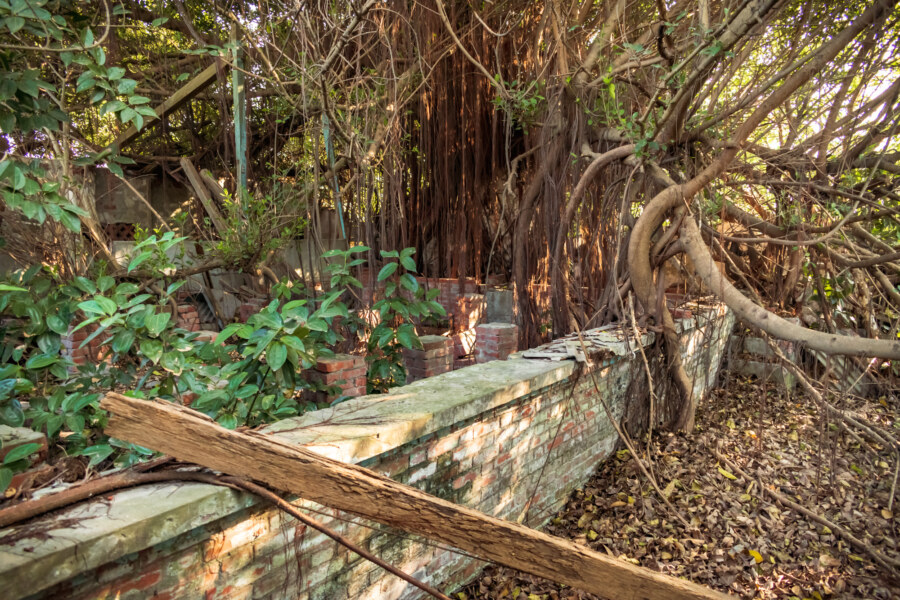
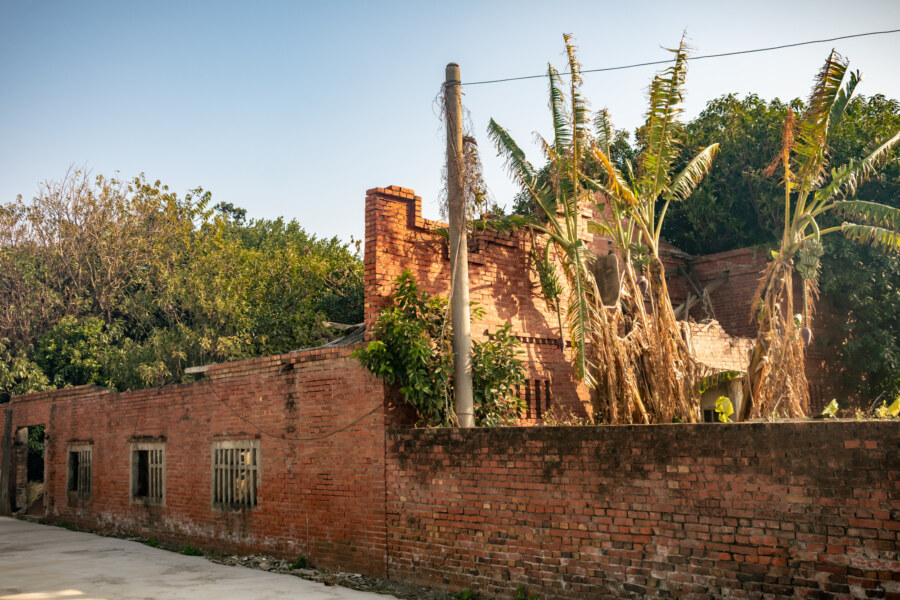
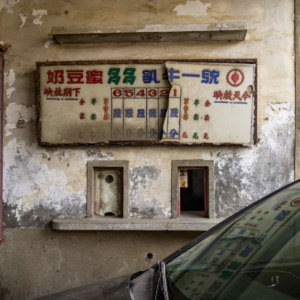
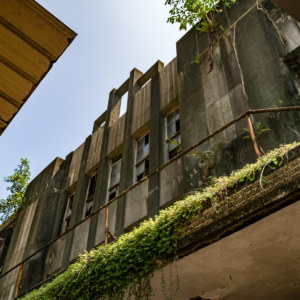
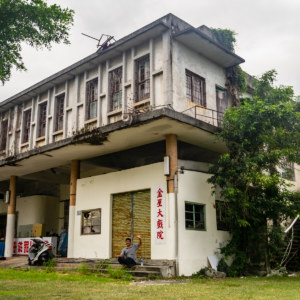
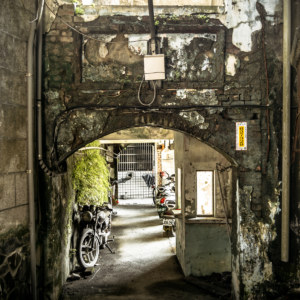
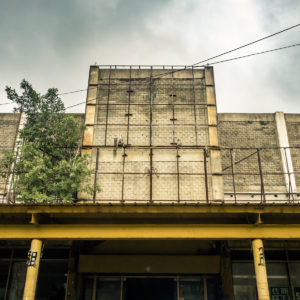
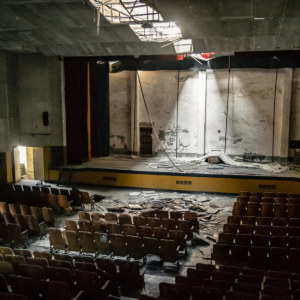
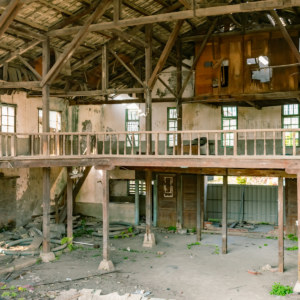
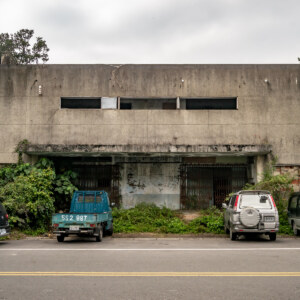
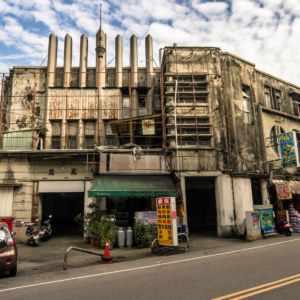
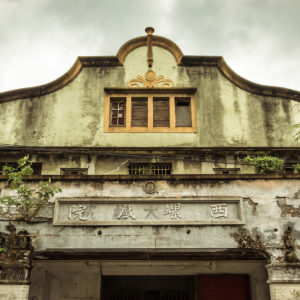
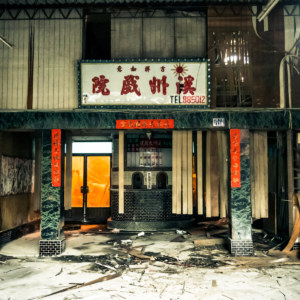
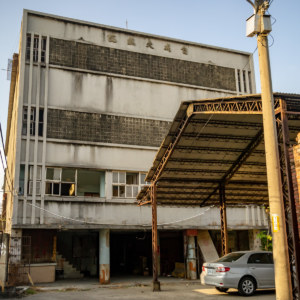
Write a Comment